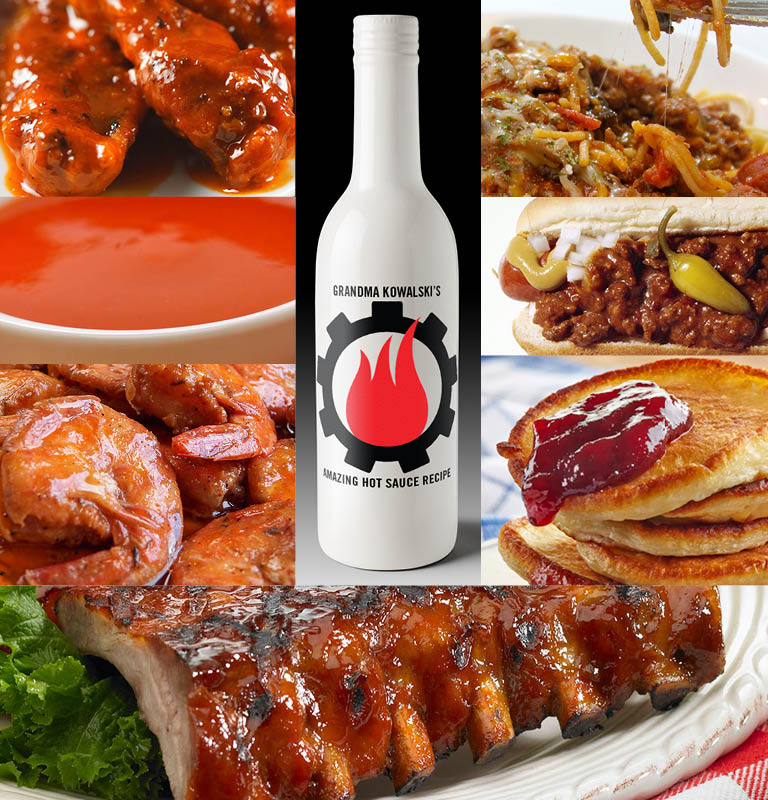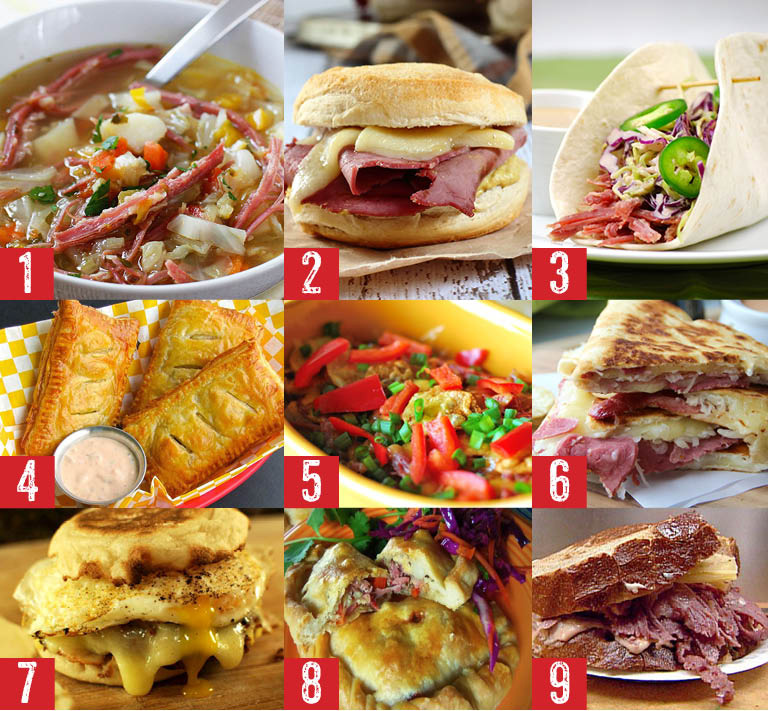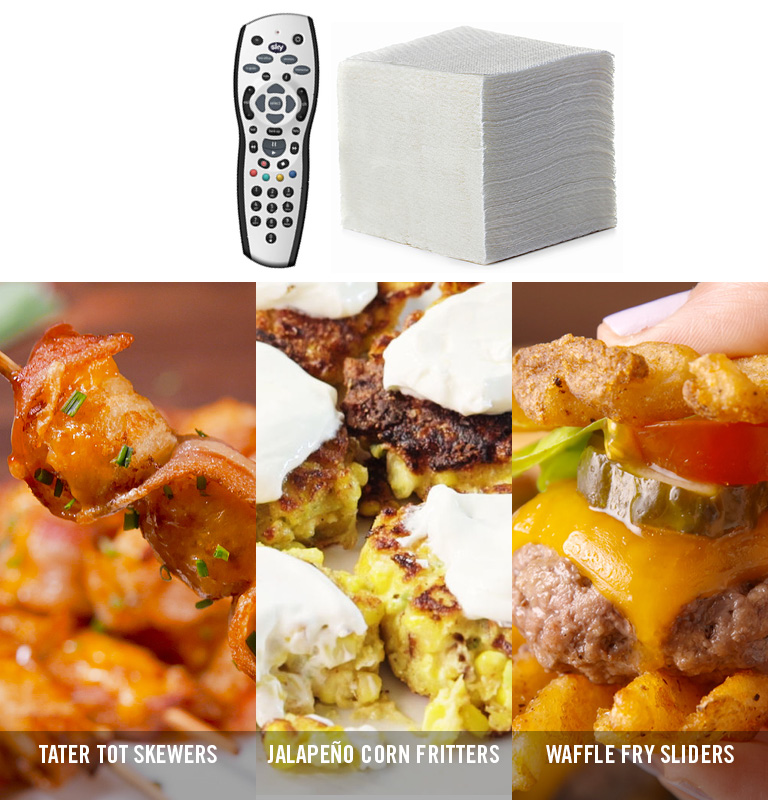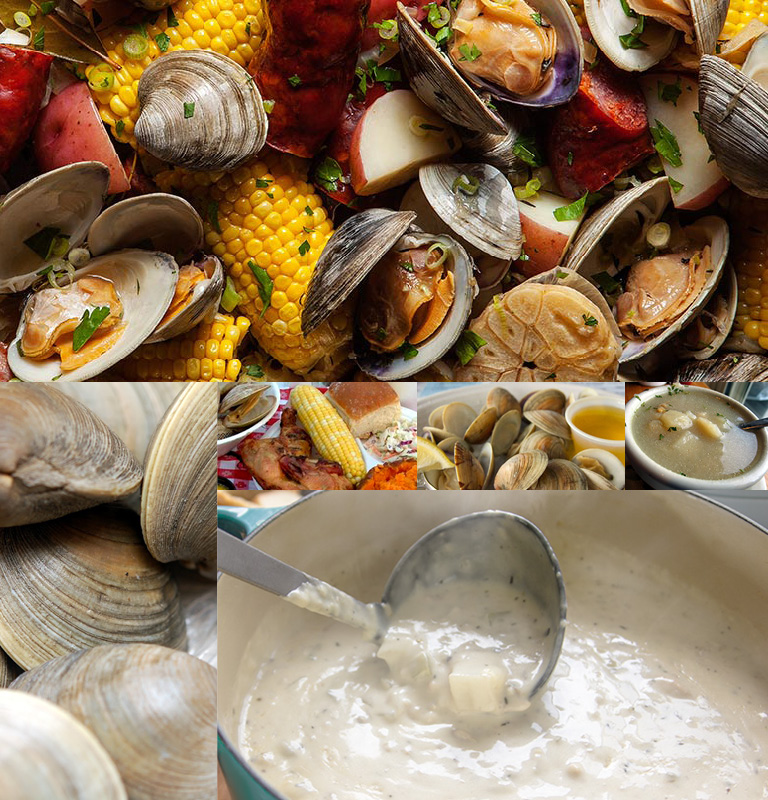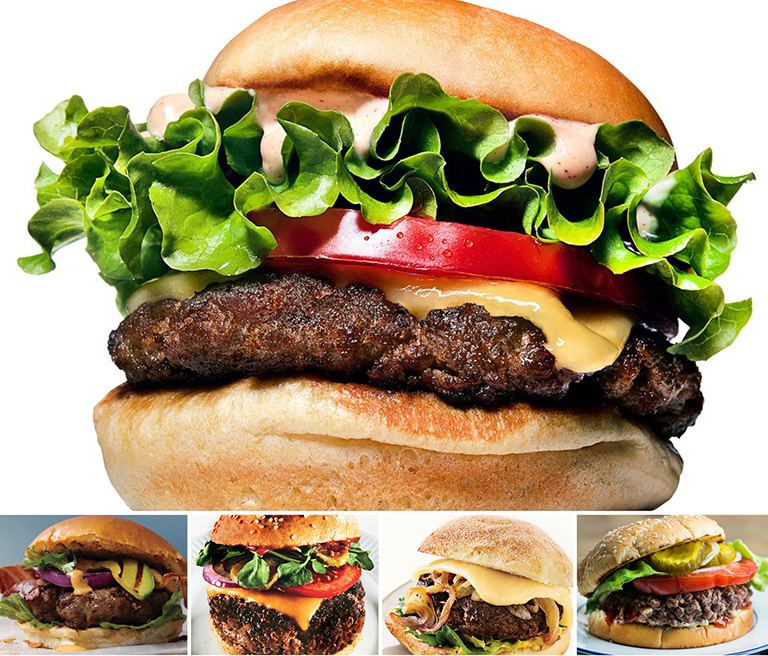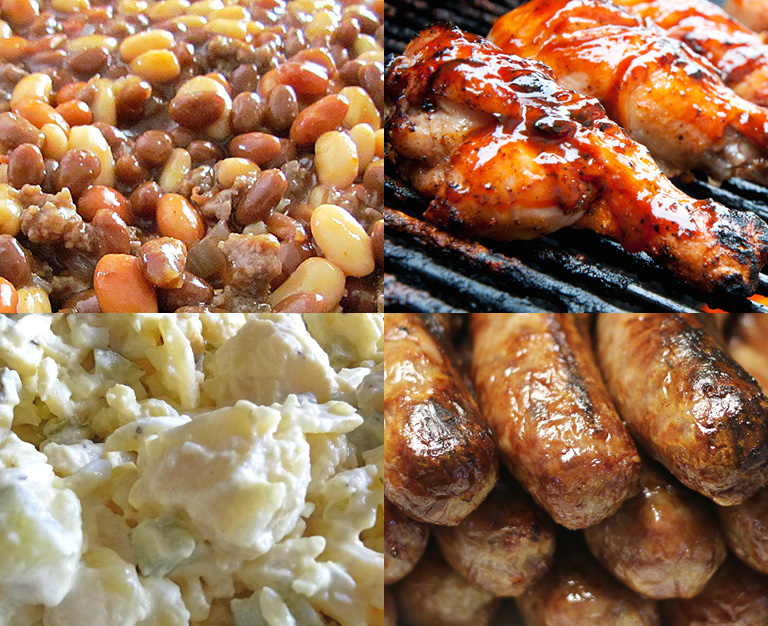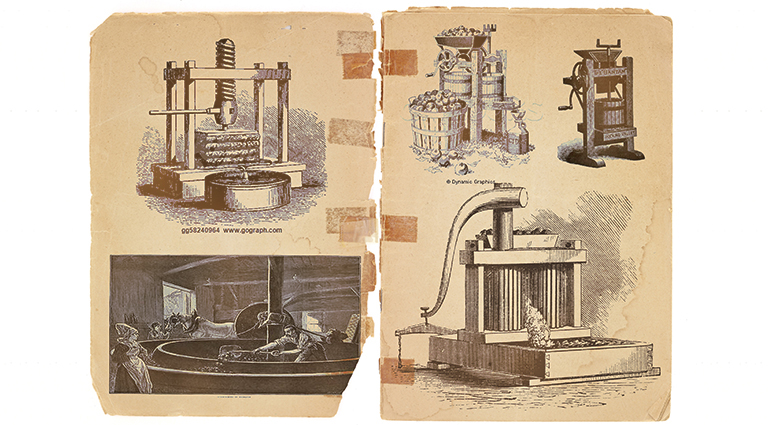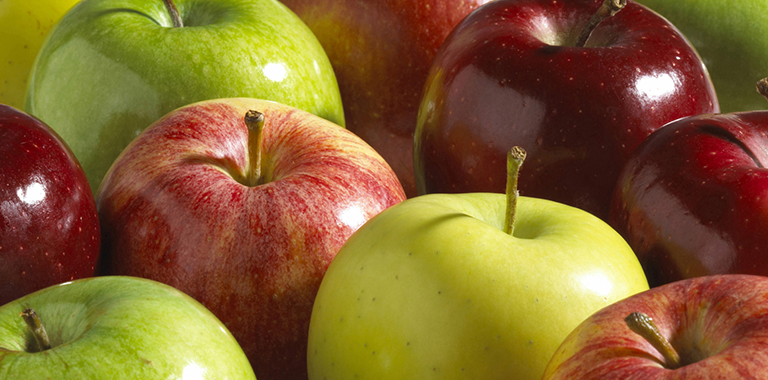Watermelon

Glorious Watermelon!
Aaahhhh. The sweet, refreshing taste of watermelon. On a hot, summer, day, there’s something special about biting into a big slice of cool, juicy watermelon, enjoying the sweet flavor, and then spitting out the seeds. As a kid, I remember Mom and Dad bringing home lots of watermelons for us kids to eat. For any of you who know me, this would almost never end well for my siblings! 🙂 Do you know how many seeds are in a large watermelon and how far you can spit them? (that’s a topic for another post!) Needless to say, Mom would not be happy with us once we were finished having a seed spitting contest. Even the dogs would get into the act! So, for our post today, I did some diggin’ just so we all can be a bit smarter about this fun summertime treat. Enjoy! Special thanks to watermelon.org (of course there is a watermelon dot org, right?) It’s loaded with fun facts and really great recipes.
- The origins of watermelon have been traced back to the deserts of southern Africa, where it still grows wild today. The ancestor of the modern watermelon is a tough, drought-tolerant plant prized for its ability to store water for tribes crossing the Kalahari.
- The first recorded watermelon harvest occurred about 5,000 years ago in Egypt and is depicted in Egyptian hieroglyphics on walls of their ancient buildings. Watermelons were often placed in the burial tombs of kings to nourish them in the afterlife.
- From there, watermelons were brought to countries along the Mediterranean Sea by way of merchant ships. By the 10th century, watermelon found its way to China, which is now the world’s top producer of watermelons.
- The 13th century found watermelons spreading through the rest of Europe via the Moors.
- By weight, watermelon is the most-consumed melon in the U.S., followed by cantaloupe and honeydew.
- Early explorers used watermelons as canteens.
- According to Guinness World Records, the world’s heaviest watermelon was grown by Chris Kent of Sevierville, Tennessee in 2013, weighing in at 350.5 lbs.
- The United States currently ranks 5th in worldwide production of watermelon. Many states grow watermelons with Florida, Texas, California, Georgia, and Arizona consistently leading the country in production.
- You need three things to grow watermelon: sun, bees, and water. Farmers generally grow watermelon in rows (8 to 12 feet apart) and in raised beds (4 to 12 inches high) composed of well drained sandy soils. Tiny watermelon plants from a nursery are transplanted into soil beds.
- Honeybees must pollinate every yellow watermelon blossom in order to fruit. In a month, a vine may spread 6 to 8 feet, and within 60 days, the vine produces its first watermelons. The crop is ready to harvest within 3 months.
- The rind of a watermelon is not as tough as it looks, so it is handpicked. Watermelon pickers look for a pale or buttery yellow spot on the bottom of the watermelon, indicating ripeness.
- Watermelon’s official name is Citrullus Lanatus of the botanical family Curcurbitaceae. It is a cousin to cucumbers, pumpkins and squash.
- More than 300 varieties of watermelon are cultivated in the United States and South America, where complementary growing seasons provide a year-round supply of watermelon in an array of shapes, colors and sizes. Because there are so many varieties, they are often grouped according to characteristics, like fruit shape, rind color or pattern, and size. The most common watermelon options are:
- Seeded: The classic watermelon comes in a wide range of sizes. (15-45 lb, round, long, oblong)
- Seedless: Due to high demand, the majority of watermelon cultivars grown today are seedless – and they are getting redder and crisper thanks to seed breeding advancements. They are not the result of genetic engineering, but rather hybridization – the crossing of two different types of watermelons. (10-25 lb, round to oblong)
- Mini: Petite “personal watermelons” are easy to handle and their thinner rinds can mean more flesh per pound. Hollow them out for a compostable serving bowl. (1-7 lb, round)
- Yellow & Orange: These varieties lack the lycopene that gives red-fleshed watermelon its color, yellow and orange varieties add a surprising element to the plate or glass. (10-30 lb, round)
- To pick a good watermelon, look the watermelon over. You are looking for a firm, symmetrical watermelon that is free from bruises, cuts or dents. Next, lift it up. The watermelon should be heavy for its size. Watermelon is 92% water, most of the weight is water. And finally, turn it over. The underside of the watermelon should have a creamy yellow spot from where it sat on the ground and ripened in the sun.
- A two-cup serving of watermelon contains excellent levels of vitamins A, B6 and C, and serves as a valuable source of potassium. At 92% water, watermelon delivers needed fluids and nutrients to the body, including lycopene – which has been studied for its potential role in reducing risk of heart disease, various cancers and protection to skin from harmful UV rays – and citrulline – which can help maintain blood flow within the heart and cardiovascular function.
- 100% of watermelon is useable and compostable – 70% flesh and 30% rind. On average, a typical watermelon yields about 11-12 cups of cubes and 6 cups of juice.
- If you are traveling this summer, there are dozens of watermelon festivals to choose from – here are just a few coming up: North Carolina Watermelon Festival (7/21) Fair Bluff, NC; Outer Banks Watermelon Festival (8/3) Kitty Hawk, NC; Watermelon Carnival in Water Valley, MS (8/4) Water Valley, MS; Knox County Watermelon Festival (8/5) Knox County, IN; Denton North Carolina Watermelon Festival (8/5) Denton, NC; Hope Watermelon Festival (8/10) Hope, AR; Straffordville Watermelon Festival (8/26) Straffordville, Ontario, Canada
- Enjoy more at The Slice – What About Watermelon blog.
Two FUN Recipes to try:
Watermelon Rind Stir Fry
Ingredients
- 2 cups watermelon rind, julienned (white part only, from about 1/2 of a seedless watermelon)
- 1 cup julienned carrots
- 1 inch piece of ginger, minced
- 1 clove garlic, minced
- 1/2 cup chives, cut into 3 inch pieces
- 1 tablespoon honey
- 1 tablespoon soy sauce
- 1 tablespoon fish sauce
- 2 teaspoons sesame oil
- 1/2 cup fresh basil leaves, torn
- 1/4 cup mint leaves
- 1/4 cup cilantro leaves
- add some spices, like red pepper flakes to taste
- Heat sesame oil in a wok over high heat. Add the watermelon rind and carrots and stir fry, stirring constantly, for 1-2 minutes. Let sit over high heat for 1 additional minute without stirring. Add the chives and stir to combine.
- In a small bowl, whisk together the honey, soy sauce, fish sauce, garlic and ginger.
- Pour the sauce over the watermelon rind and cook, stirring, 30 seconds to 1 minute until fragrant.
- Transfer to a serving dish. Add the basil, cilantro, and mint, tossing to combine.
- Sprinkle with red pepper flakes, if desired, and serve as a side dish.
Watermelon Poke Bowl
Ingredients
- 1/4 cup low-sodium soy sauce
- 1/4 – 1/2 cup watermelon juice
- 1 teaspoon sriracha chili sauce
- 1 teaspoon sesame oil
- 2 green onions, cut on the diagonal with whites and greens separated
- 3 medium cloves garlic or 2 large cloves garlic, minced
- 1/2 tablespoon minced ginger root
- 1/3 white onion, thinly sliced
- 3/4 pound ahi tuna, cut into 1/2 inch cubes
- 1 small avocado, diced
- 2/3 cup diced watermelon
- 1/4 teaspoon sesame seeds
- serving pickled ginger or chopped fresh ginger
- In a medium bowl, mix soy sauce, watermelon juice, chili sauce, oil, the white portion of green onions, garlic, ginger root and onion. Add tuna, toss and refrigerate for 30 minutes.
- 10 minutes before serving, add avocado and return to refrigerator.
- Plate over white rice seasoned with rice wine vinegar and top with watermelon and green onions, then sprinkle with sesame seeds. Serve with pickled ginger and garnish with dried seaweed for extra Hawaiian flare.

